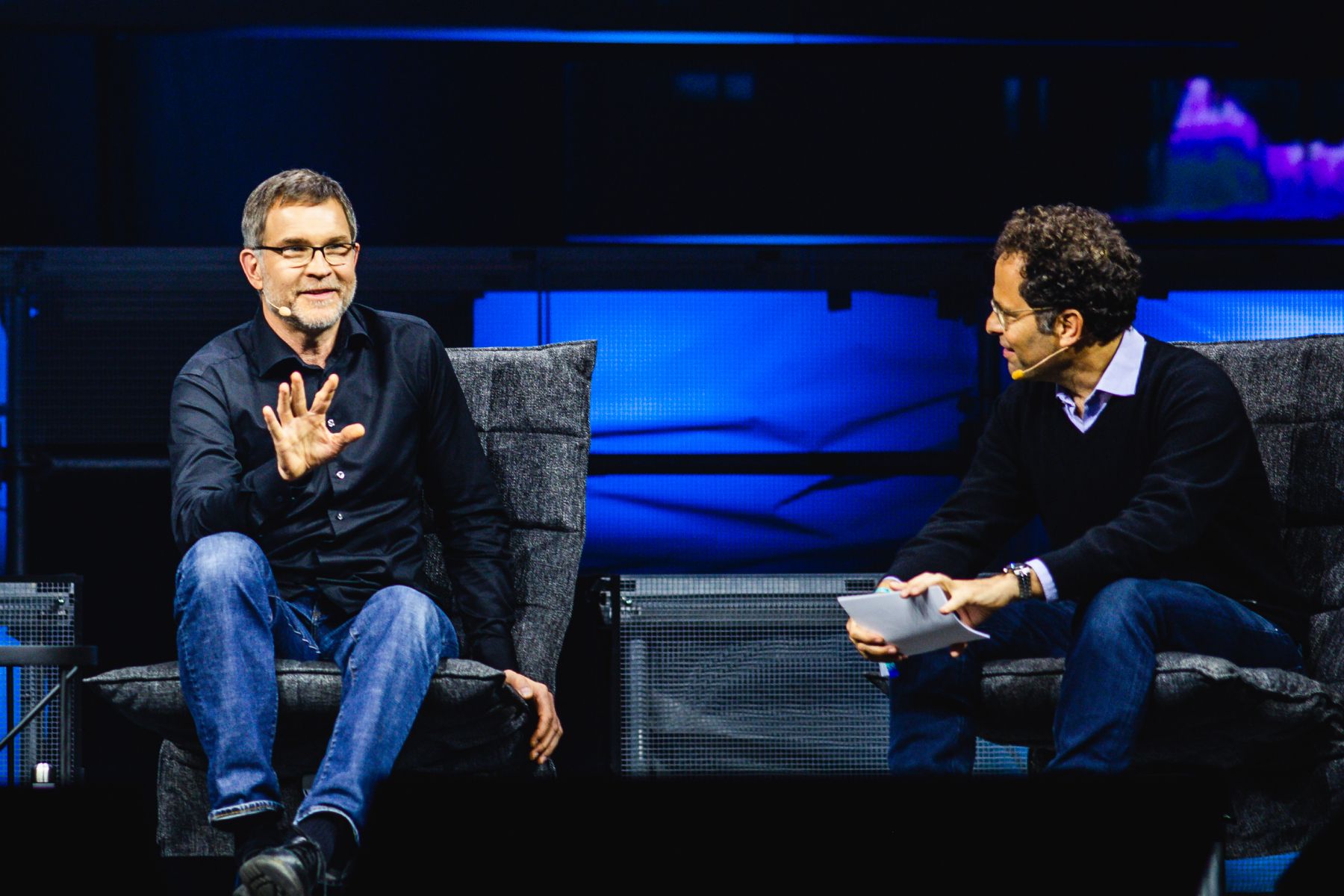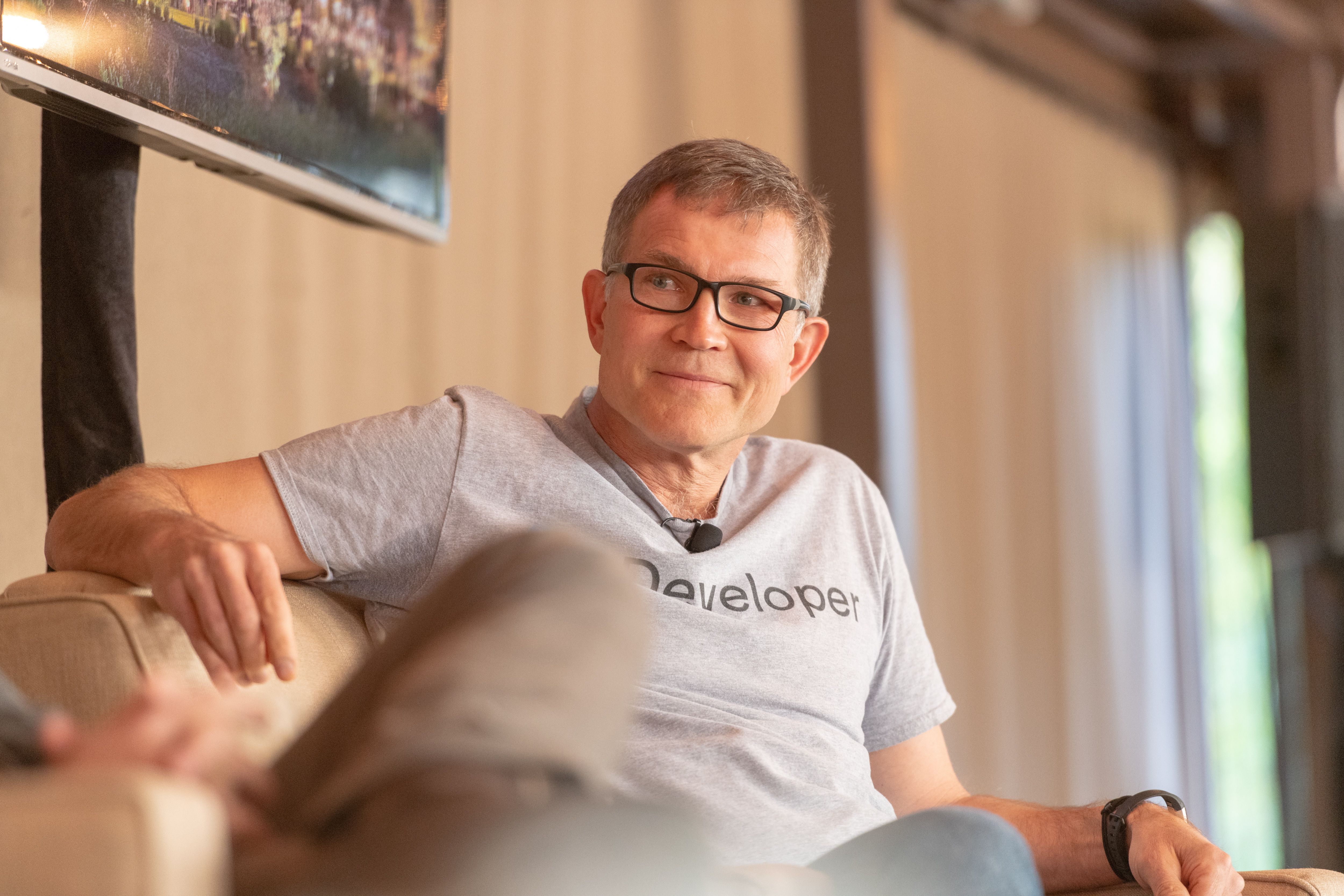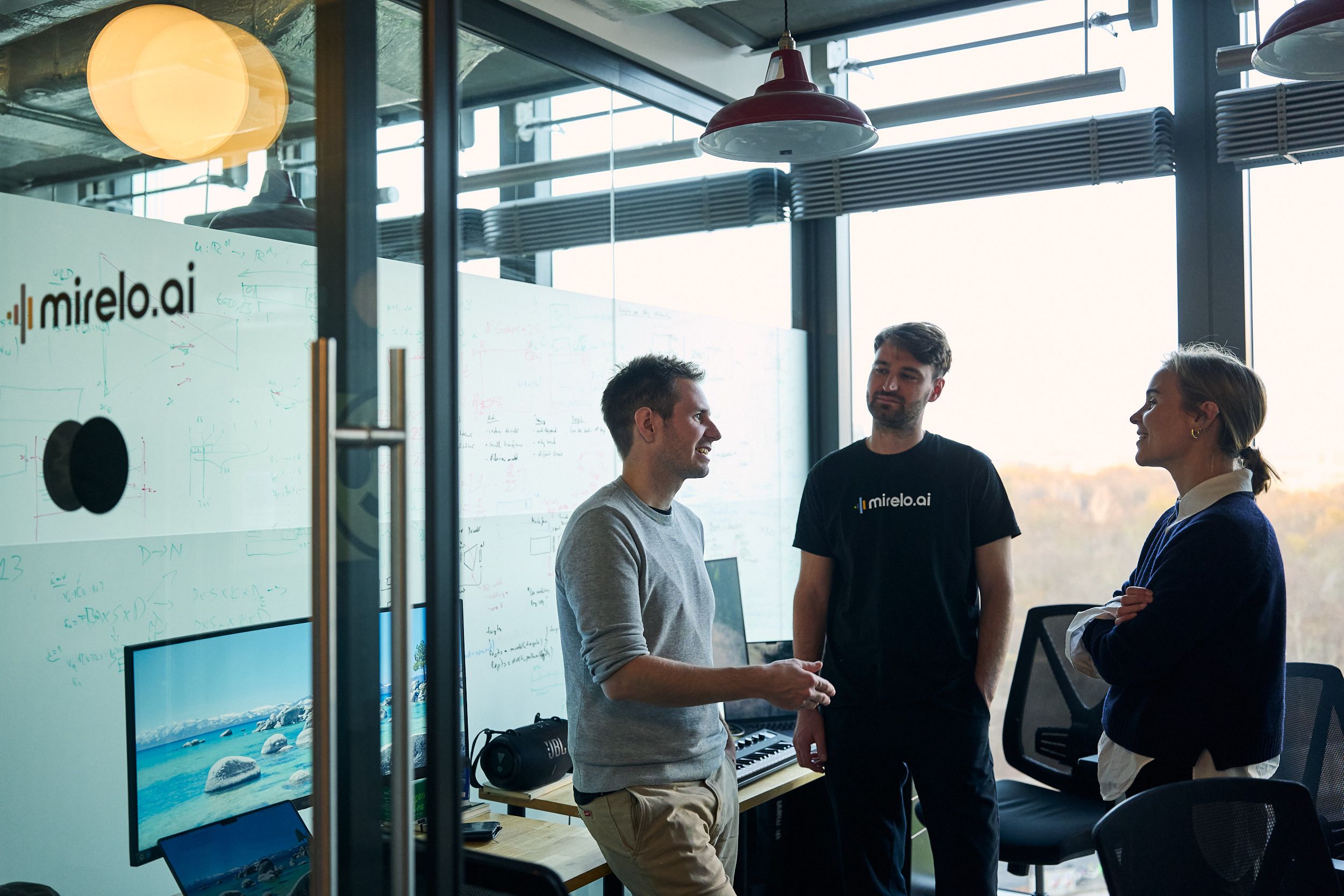Roblox: The Long March to the Metaverse

A new type of media company is about to go public. It taps into the zeitgeist and creates products that entertain, inform and inspire people around the globe through the power of unparalleled storytelling. It promises to ride technological trends that will make its content increasingly realistic and engaging for a growing global audience. It has also created an immersive new environment where its audience can interact with characters and storylines in thrilling new ways, purchase unique items and enjoy the experience with friends and family. What’s more, this company has found a new source of content that’s inexhaustible, evergreen, and universally appealing, and can be developed and produced more efficiently than that of its rivals. Roblox? Think again. The year is 1957, Elvis Presley is dominating the radio waves, Martin Luther King just spoke at the March on Washington – and the company is Walt Disney Productions.
In many ways, Roblox which will go public today via direct listing on the NYSE could be considered a 21st-century Disney: a category-defining media company that capitalized on major demographic and technological changes to create totally new forms of entertainment and human interaction. Setting the two side-by-side reveals some interesting parallels. At the time of its IPO, Disney was valued at $32.5 million – approximately $306 million in today’s money. Its eighteenth full-length animated feature (Sleeping Beauty) was in production, and it had just opened Disneyland, an amusement park near Los Angeles. Fast forward half a century: last week, The Walt Disney Company earned five Golden Globes for Pixar’s Soul, Searchlight’s Nomadland, and Hulu’s The United States vs. Billie Holiday. As well as its family of theme parks, it controls several franchises including Pixar, Lucasfilm, Hulu, ESPN and Disney+, and is valued at $358 billion.
In many ways, Roblox which will go public today via direct listing on the NYSE, could be considered a 21st-century Disney: a category-defining media company that capitalized on major demographic and technological changes to create totally new forms of entertainment and human interaction.
When Dave Baszucki and Eric Cassel started Roblox in 2004, they envisioned a virtual world where people of all ages, from all over the globe, could engage in a variety of collective experiences limited only by their imagination. The pair set off to build a world that could be explored by hundreds of millions of people simultaneously, in their own language, using their preferred device. A teenager on a subway in Seoul could play and chat with other girls in Seattle in a game created by a brilliant 15-year-old developer in Buenos Aires. That bold vision on the verge of science-fiction – a metaverse of rich, user-generated content and real-time co-experience – has not changed to this day. What has changed is that it’s now a reality, the phenomenon that is Roblox: 32.6 million daily users, 8 million creators, billions of hours of engagement every month, and more than 20 million experiences – from running a pizza parlor to escaping a labyrinth, to learning how to scuba dive.
I met Dave when we were students together at Stanford in the mid-80s. We were both fans of the movie Mad Max and used to talk about building radically modified vehicles inspired by the movie, racing them, and crashing them. Dave thought that it would be cool to allow kids to build things on a Macintosh and then let the laws of physics act on them as they were dropped from great heights or collided into each other in a realistic simulation. That was the birth of his first product Interactive Physics and the germ of the idea of Roblox.

Dave Baszucki speaking at the Index's Founder and CEO event
At the time of their IPOs, both Disney and Roblox were ideally positioned to surf massive structural trends that would propel their growth. By the late 50s, Disney was poised for the perfect storm of a post-war economic boom, a growing affluent middle-class, and the emergence of a powerful new medium: television. This gave rise to a mass market that craved entertainment – particularly Disney’s unique brand of fun, family-friendly cartoons, animated features, nature shows, theme parks, and merchandise. At the same time, Disney’s growth was fueled by improvements in television, sound and film technology, and advances in tools and techniques. It also enjoyed scale advantages from being a sort of content factory that could convert folk tales into signature animation features with its team of highly skilled writers, artists, and animators.
Roblox, meanwhile, leverages the power of cloud computing and consumer computing devices. These have enabled millions of players to not only watch but interact with characters and environments while chatting with each other as they dip in and out of any one of the 20 million experiences that exist on Roblox. Unlike Disney which has to find a common denominator to justify the cost of its productions and attractions, Roblox offers every group of visitors their own personal amusement park to explore that is tailored to their age and interests on any given day. This almost infinite range is only possible because Roblox totally reinvented the traditional content pipeline: it turned the idea of the studio inside-out and provided powerful tools for members of its community to become creators of content, developers of games, and even tycoons. While Disney has broadened its franchise through successive acquisitions of talent and content, Roblox has focused on letting a thousand flowers bloom by nurturing its own community. Roblox’s users will be the ones to build the next Jailbreak or Adopt Me! These experiences will become even more compelling as Roblox rolls out ever more powerful creator tools and enhancements to the player experience, including better avatars, automated translation, and voice chat – and one day, support for virtual reality hardware as delightful to use as Apple AirPods.
Roblox is probably the greatest contemporary example of a founder taking a very long view and never – not for a millisecond – doubting the relevance of the ultimate vision as they patiently build the broad foundation to underpin it.
Disney’s growth benefited from powerful network effects: as more people around the world saw its movies and TV shows, more of them would take their families and friends to visit the Disneyland theme park, buy merchandise and go to see its next production. That in turn brought more revenue that could be reinvested into even better productions in the future. Roblox’s growth is powered by similar self-reinforcing cycles, but these are turbocharged by the fact that all of Roblox’s content is generated by its community, which also reaches into all of central and eastern Europe, India and China. Unlike Disney’s production schedule, which was still limited by its staff of talented animators, artists, and writers, 100% of the content that can be experienced on Roblox was created by its users. What’s more, Roblox incorporates a robust economy based on its own Robux currency, which lets its creators earn a living by sharing in the revenue derived from players spending money on virtual goods and game features. All this gives the business almost infinite variety and scalability. In another sense, Roblox could be described as the love-child of Disney and YouTube.
Roblox is probably the greatest contemporary example of a founder taking a very long view and never – not for a millisecond – doubting the relevance of the ultimate vision as they patiently build the broad foundation to underpin it. To arrive where it is today, Roblox had to resist the temptation to jump on the latest ‘hot’ game genre and try to build its own version of Minecraft, Clash of Clans, or Fortnite. Instead, Dave remained humbly focused on ensuring that Roblox would be the place the next version of these games could be built. This commitment to being entirely dependent on a community has remained since the first few users showed up. And while every content company these days prefers to see itself as a platform rather than a mere game publisher or software vendor, no one else had this single-minded objective from day one. The cost of setting off on a journey to be the platform upon which others construct the metaverse is that, for many years, you’ll be building it and waiting for them to show up. The prize of sticking to this plan is that when you ultimately do build it, the community will continue to bring the magic and keep the platform fresh and relevant indefinitely.
Every so often, a company emerges that defies categorization because its value transcends the metrics applied to other ‘comparable’ companies – none of which are directly comparable. The outlier’s potential doesn’t lie in its product, nor in the games and experiences currently on the platform, nor even the platform and resources it offers to creators that gave rise to these games. Roblox’s potential derives from its leaders’ deep understanding of our visceral human need to connect, to create, and to experience things together, and from its unique architecture as a company that allows Roblox to deliver this. Roblox has opened a door into the world’s collective imagination and invited us all inside. It’s been a long march from the days of Interactive Physics to the gates of the metaverse but now is when things get really interesting.
Published — March 10, 2021
-

-
